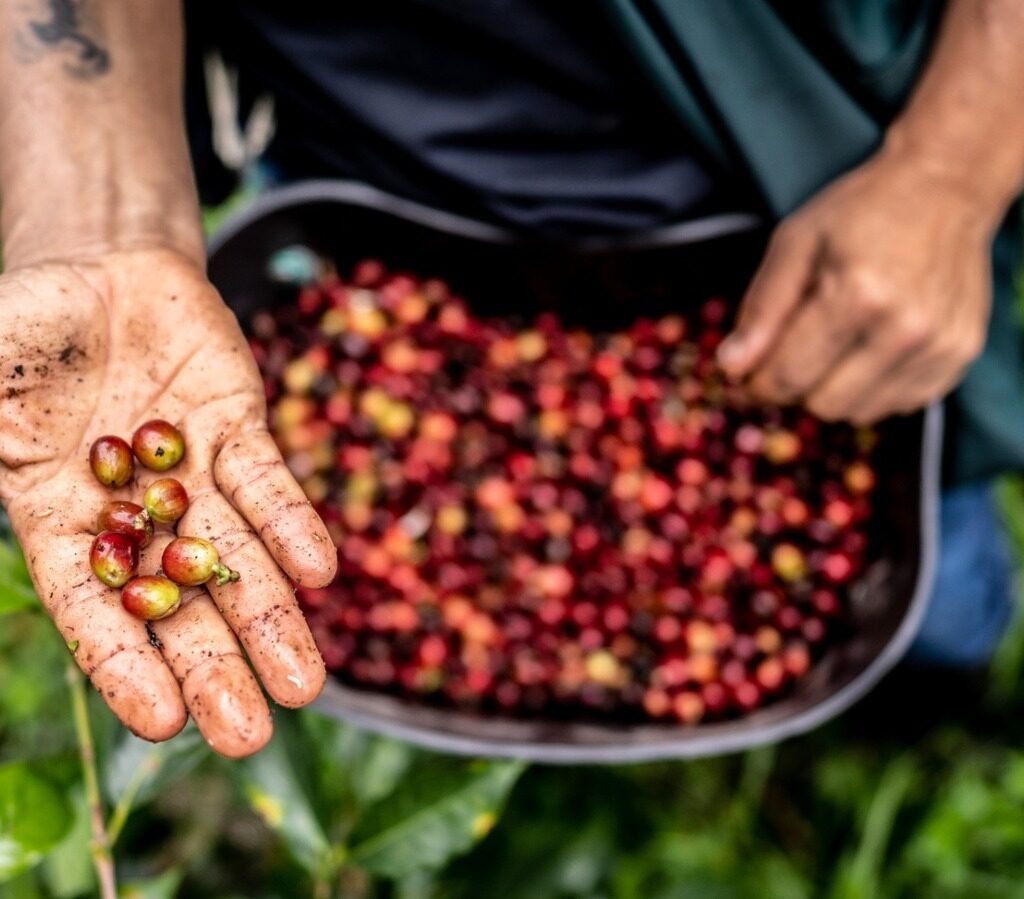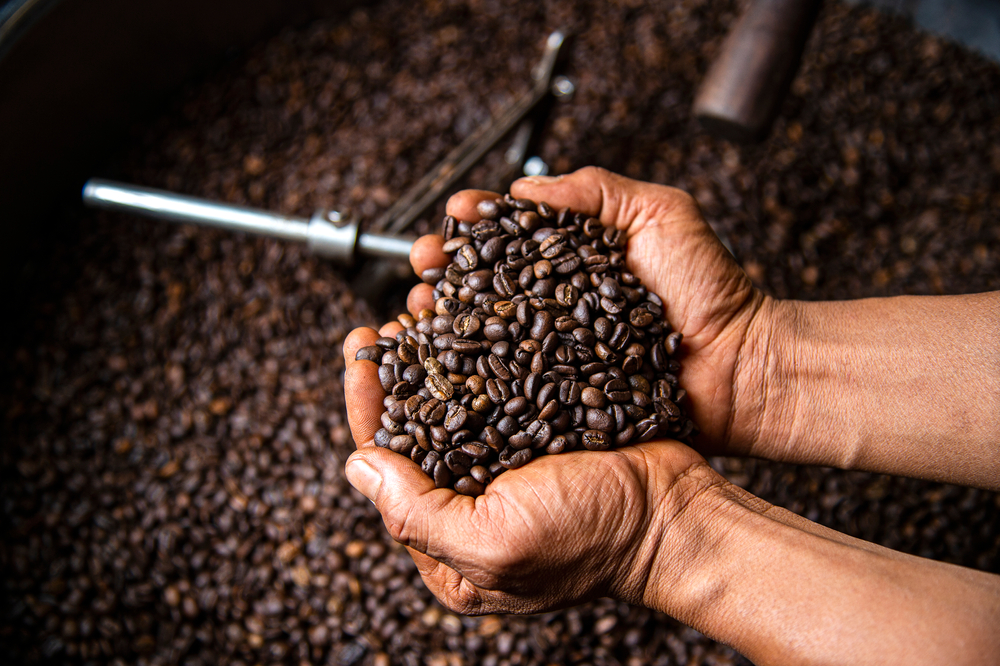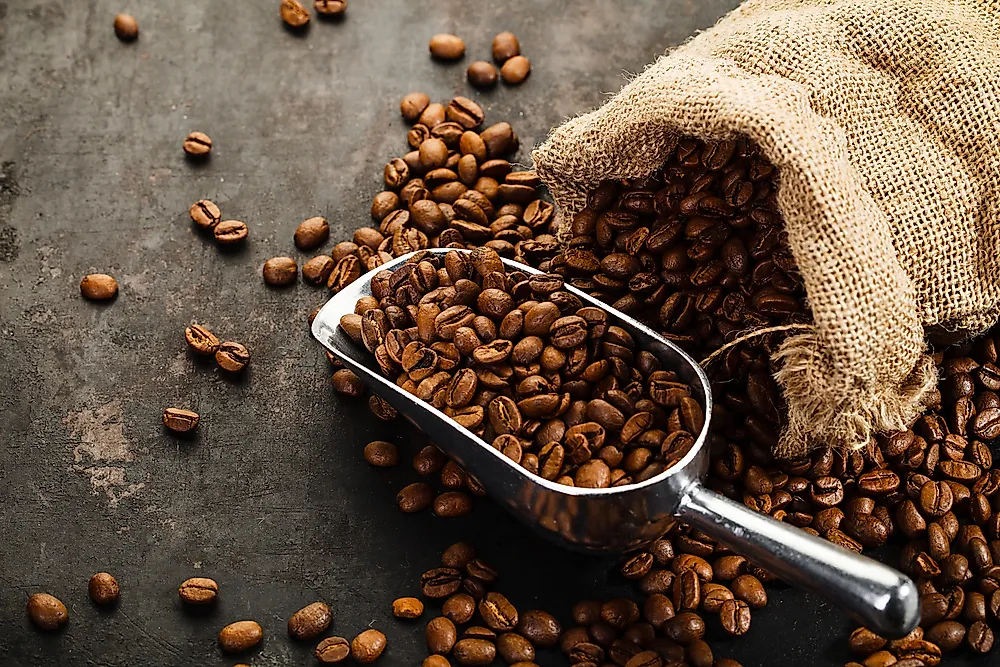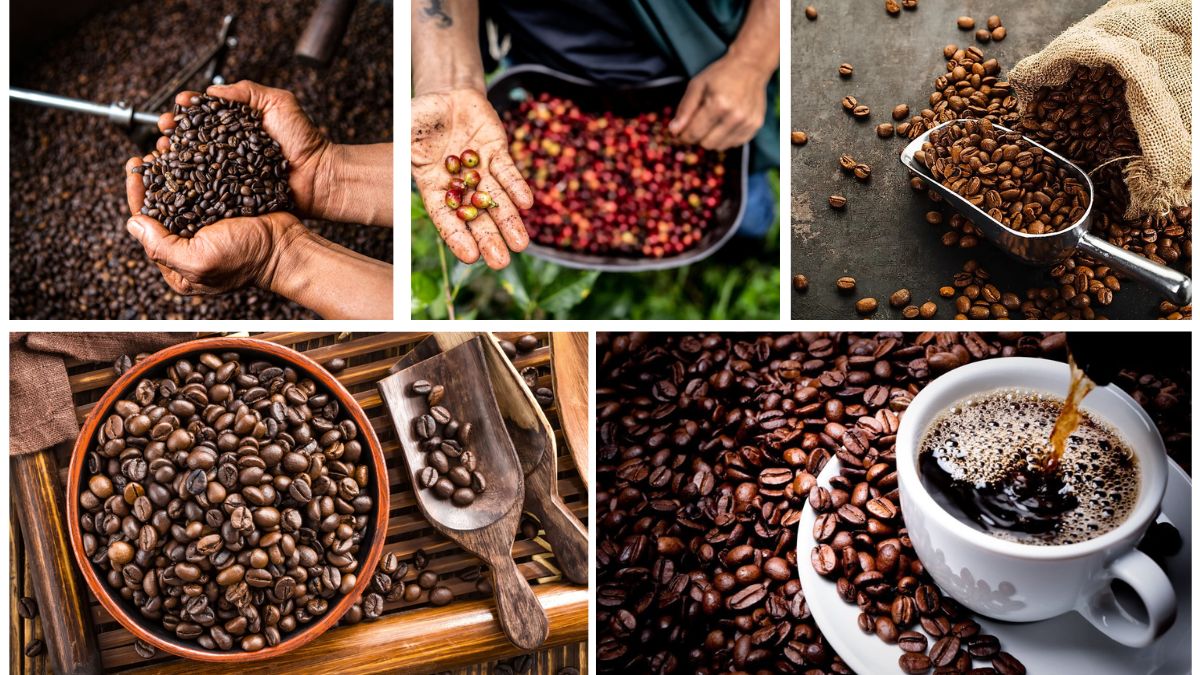Coffee is more than just a morning beverage—it is a cultural phenomenon, a major global commodity, and a driving force behind the economies of many countries. From the lush hills of Brazil to the volcanic soils of Ethiopia, coffee cultivation has spread across tropical regions worldwide. But when it comes to sheer production, which country leads the global coffee market?
This article explores the largest coffee-producing countries, their production dynamics, economic significance, and the future of coffee cultivation in a changing world.
The Global Significance of Coffee
Coffee is one of the most traded commodities globally, second only to oil in terms of international trade value. Its significance lies in several key aspects:
- Economic Importance – Coffee supports the livelihoods of millions of smallholder farmers, workers, and exporters. It generates billions in revenue for producing countries.
- Cultural Impact – Coffee culture shapes societies worldwide, influencing social habits, business interactions, and culinary traditions.
- Health Benefits – Rich in antioxidants and compounds like caffeine, coffee offers energy-boosting and potential health-promoting effects.
- Variety and Quality – Coffee comes in multiple varieties, including Arabica and Robusta, each with unique flavor profiles and growing requirements.
Global coffee production is heavily concentrated in tropical regions between the Tropic of Cancer and Tropic of Capricorn, where temperature, rainfall, and soil conditions favor cultivation.
Global Coffee Production Overview

According to the International Coffee Organization (ICO) and the Food and Agriculture Organization (FAO), the world produces approximately 10–11 million metric tons of coffee annually. Production is dominated by two main species:
- Arabica (Coffea arabica) – Known for its smooth, aromatic flavor, it accounts for about 60–70% of global production.
- Robusta (Coffea canephora) – Stronger, more bitter, and higher in caffeine, making up 30–40% of production, often used in instant coffee and espresso blends.
The top coffee-producing countries include:
- Brazil
- Vietnam
- Colombia
- Indonesia
- Ethiopia
Among these, Brazil has consistently held the position of the world’s largest coffee producer, contributing a significant portion of both Arabica and Robusta varieties.
Brazil – The World’s Leading Coffee Producer

Brazil produces around 3.5–4 million metric tons of coffee annually, which accounts for approximately 35–40% of global production.
Why Brazil Leads
- Ideal Climate and Geography – Brazil’s vast plantations in states like Minas Gerais, São Paulo, and Espírito Santo benefit from tropical climates, rich soil, and adequate rainfall.
- Large-Scale Farming – Brazil has extensive coffee farms, ranging from smallholdings to large estates, ensuring consistent production.
- Diverse Varieties – Brazil cultivates both Arabica and Robusta, allowing it to dominate multiple market segments.
- Advanced Processing – Modern ginning, drying, and roasting facilities enhance the quality and export potential of Brazilian coffee.
- Strong Export Infrastructure – Brazil exports to the U.S., Europe, Japan, and increasingly to Asia, reinforcing its position as a global coffee powerhouse.
Economic Significance
Coffee contributes significantly to Brazil’s GDP, rural employment, and foreign exchange. It supports millions of small farmers, providing income and livelihoods across the coffee belt.
Challenges
- Climate Change – Rising temperatures, unpredictable rainfall, and droughts threaten yields.
- Pests and Diseases – Coffee leaf rust and other pests can significantly impact harvests.
- Market Volatility – Global coffee price fluctuations affect farmer incomes.
Despite these challenges, Brazil remains the undisputed leader due to its scale, experience, and infrastructure.
Vietnam – The Second Largest Coffee Producer

Vietnam produces approximately 1.7–1.8 million metric tons annually, primarily Robusta coffee, making it the largest Robusta exporter globally.
Highlights of Vietnam’s Coffee Industry
- Concentrated Production Zones – The Central Highlands region, including Dak Lak, Dak Nong, and Lam Dong provinces, is the heart of Vietnam’s coffee cultivation.
- Export-Oriented Economy – Around 95% of Vietnam’s coffee is exported, supplying instant coffee and espresso blends worldwide.
- Mechanization – Vietnam relies heavily on mechanized harvesting and processing, boosting efficiency.
Challenges
- Climate Vulnerability – Irregular rainfall and droughts can affect yields.
- Soil Degradation – Continuous coffee cultivation without proper rotation reduces soil fertility.
- Price Dependency – Heavy reliance on exports exposes farmers to global market fluctuations.
Vietnam’s success in Robusta production has solidified its position as the second-largest coffee producer globally.
Colombia – The Arabica Specialist

Colombia produces around 800,000–900,000 metric tons annually, focusing almost exclusively on Arabica coffee, prized for its smooth flavor and acidity.
Features of Colombian Coffee
- Mountainous Terrain – High-altitude regions like Huila, Antioquia, and Nariño provide ideal conditions for Arabica cultivation.
- Premium Quality – Colombian coffee is often sold as specialty coffee, commanding higher prices in international markets.
- Cultural Significance – Coffee is deeply embedded in Colombian culture and identity, with strong support from cooperatives and export associations.
Challenges
- Labor Intensity – Steep terrain requires hand-picking, increasing production costs.
- Climate Events – Frosts, droughts, and excessive rainfall can impact yields.
Colombia remains the world leader in high-quality Arabica coffee, maintaining a niche market despite lower volumes than Brazil and Vietnam.
Indonesia – A Major Coffee Producer in Asia

Indonesia produces around 600,000–700,000 metric tons, primarily Robusta, with Arabica cultivated in regions like Sumatra and Java.
Highlights
- Unique Flavors – Indonesian coffees like Sumatra Mandheling and Java Arabica are prized for their distinctive taste and full body.
- Export Markets – Indonesia exports both Arabica and Robusta to Europe, the U.S., and Asia.
- Smallholder Dominance – Most coffee is grown by small farmers, fostering local economies.
Challenges include climate change, pests, and inconsistent processing practices.
Ethiopia – The Birthplace of Coffee
Ethiopia produces around 400,000–450,000 metric tons annually, predominantly Arabica, and is renowned for its rich coffee heritage.
Key Features
- Cultural Legacy – Ethiopia is considered the birthplace of coffee, with diverse heirloom varieties and traditional cultivation methods.
- Specialty Coffee – Ethiopian coffees, including Yirgacheffe and Sidamo, are globally sought after for their fruity, floral profiles.
- Smallholder Farming – Coffee is grown mainly by small-scale farmers, forming the backbone of rural livelihoods.
Challenges
- Climate Change – Rising temperatures and irregular rainfall threaten traditional coffee-growing regions.
- Infrastructure Gaps – Limited processing facilities and roads can reduce quality and export efficiency.
Ethiopia remains a major player in specialty coffee markets despite lower overall volumes.
Global Coffee Trade
Coffee is heavily traded internationally, with Brazil, Vietnam, Colombia, and Indonesia accounting for the majority of exports. Key importers include the United States, European Union, Japan, and emerging Asian markets.
The global coffee market is valued at over $100 billion annually, driven by demand for roasted coffee, instant coffee, and specialty blends.
Challenges Facing Global Coffee Production
- Climate Change – Altered rainfall patterns, rising temperatures, and extreme weather threaten yields.
- Pests and Diseases – Coffee leaf rust, root-knot nematodes, and other pests affect production.
- Market Volatility – Price fluctuations impact farmer income and investment.
- Sustainability Concerns – Deforestation, monoculture, and water-intensive farming raise environmental challenges.
Addressing these challenges requires climate-resilient farming, sustainable practices, and fair-trade initiatives.
The Future of Coffee Production
Global coffee demand is expected to grow steadily due to rising consumption in developing markets and increasing specialty coffee trends.
Key Trends
- Sustainable Farming – Shade-grown coffee, organic practices, and water-efficient methods.
- High-Quality Varieties – Breeding for climate resilience and pest resistance.
- Value Addition – Specialty coffee, ready-to-drink beverages, and premium exports.
- Expanding Cultivation Areas – Africa, Latin America, and Asia are expanding cultivation to meet rising demand.
These innovations ensure coffee remains a key agricultural and economic commodity worldwide.
Conclusion
So, which country produces the most coffee worldwide? The answer is Brazil, producing around 3.5–4 million metric tons annually, followed by Vietnam, Colombia, Indonesia, and Ethiopia. Brazil’s combination of large-scale cultivation, diverse varieties, and modern processing ensures its leadership in global coffee production.
Coffee is more than just a beverage—it sustains millions of farmers, drives global trade, and enriches cultures worldwide. As demand grows, coffee cultivation will continue to evolve, balancing productivity, quality, and sustainability to meet the needs of a caffeinated world.





